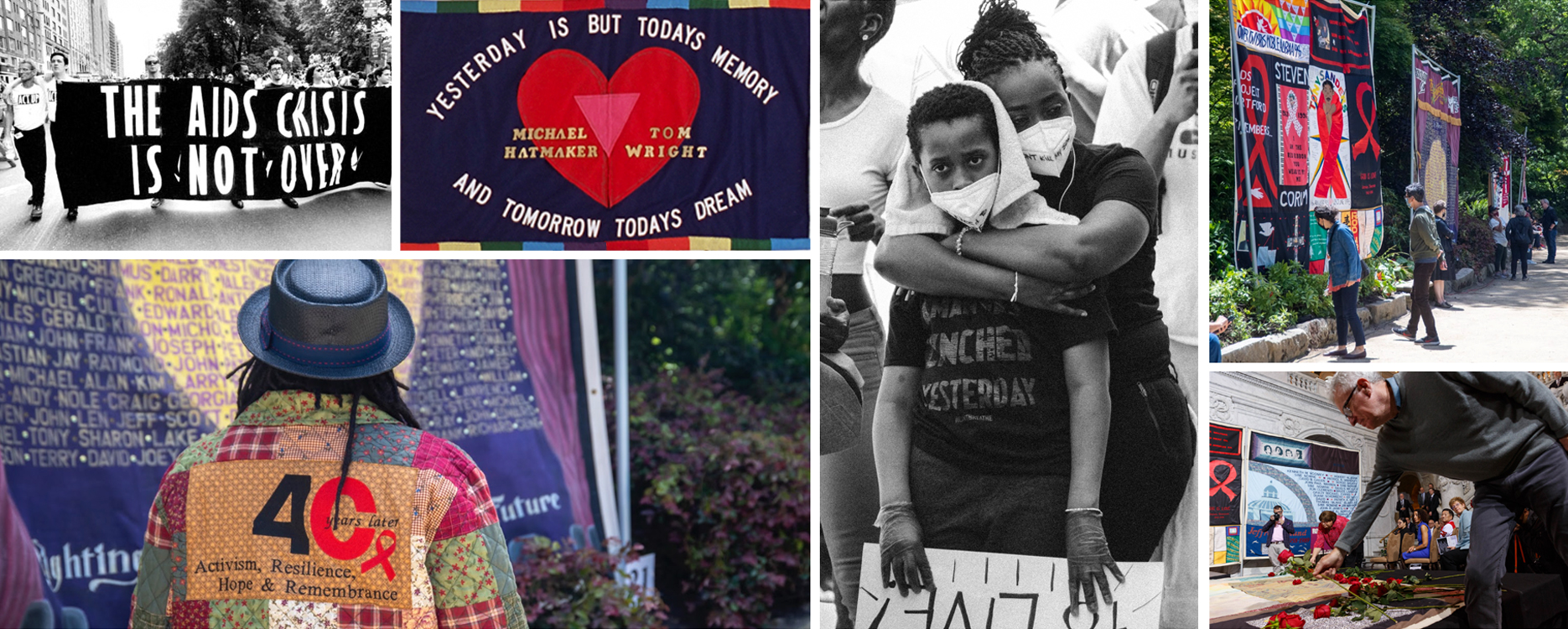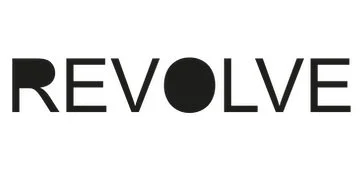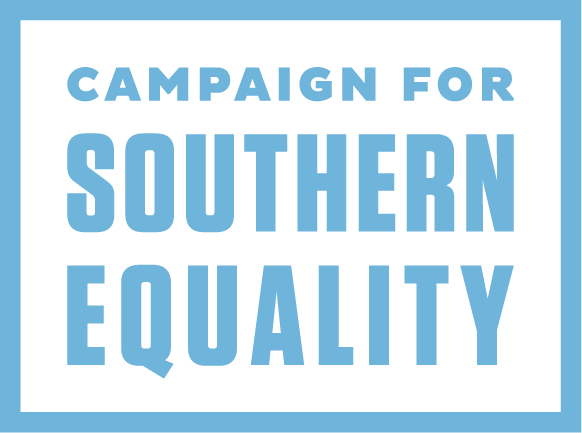A Tapestry of Love: Echoes of Loss, Voices of Hope
AIDS Memorial Quilt Display to Honor World AIDS Day 2025

Western North Carolina AIDS Project (WNCAP), the National AIDS Memorial, Campaign for Southern Equality, and Revolve Gallery are partnering together to bring 7 panels of the AIDS Memorial Quilt to Asheville as part of the Community Display Program.
The Quilt panels will be on display from 9 AM to 6 PM at Revolve Gallery on Riverside Drive from December 1st through December 13th. The display is free to the public, with any donations received supporting the mission and work of Western North Carolina AIDS Project.
“We are honored to work together with the National AIDS Memorial and local partners to bring the Quilt to our community and share its stories of activism, healing, and remembrance.” says Antonio Del Toro, WNCAP Chief Executive Officer.“ The Quilt connects the history of AIDS and the tremendous loss of life to WNCAP’s ongoing work to link people to prevention and care services, offering hope for the future.”
Throughout the ongoing AIDS crisis, more than 700,000 lives have been lost in this country to HIV/AIDS. Today, the HIV epidemic has shifted, disproportionately impacting Black and Hispanic/Latino communities, and the Southern United States. Quilt displays offer opportunities to raise awareness about the advances in HIV treatment and prevention medications, including PrEP–medications that could bring us to the end of the HIV epidemic.
“The issues our nation faces today- social injustice, health inequity, stigma, bigotry, and fear - are the same issues faced throughout four decades of the AIDS pandemic,” says John Cunningham, CEO of the National AIDS Memorial. “The Quilt is a powerful teaching tool that shares the story of HIV/AIDS, the lives lost, and the hope, healing, activism and remembrance that it inspires.”
The Quilt was created in the ‘80s during the darkest days of the AIDS pandemic by gay rights activist Cleve Jones. While planning a march in 1985, he was devastated by the thousands of lives that had been lost to AIDS in San Francisco and asked each of his fellow marchers to write on placards the names of friends and loved ones who had died. Jones and others stood on ladders taping these placards to the walls of the San Francisco Federal Building. The wall of names looked like a patchwork quilt, and inspired by this sight, Jones and friends made plans for a larger memorial.
Today, the Quilt has grown to more than 50,000 panels, with more than 110,000 names stitched within its fabric. It weighs 54 tons, stretches more than 50 miles in length, and is the largest community-arts project in the world. The Quilt is now part of the National AIDS Memorial, which oversees its preservation, care, storytelling programs, and community displays. The Quilt can be viewed in its entirety and people can search for names on the Quilt at www.aidsmemorial.org/quilt.










